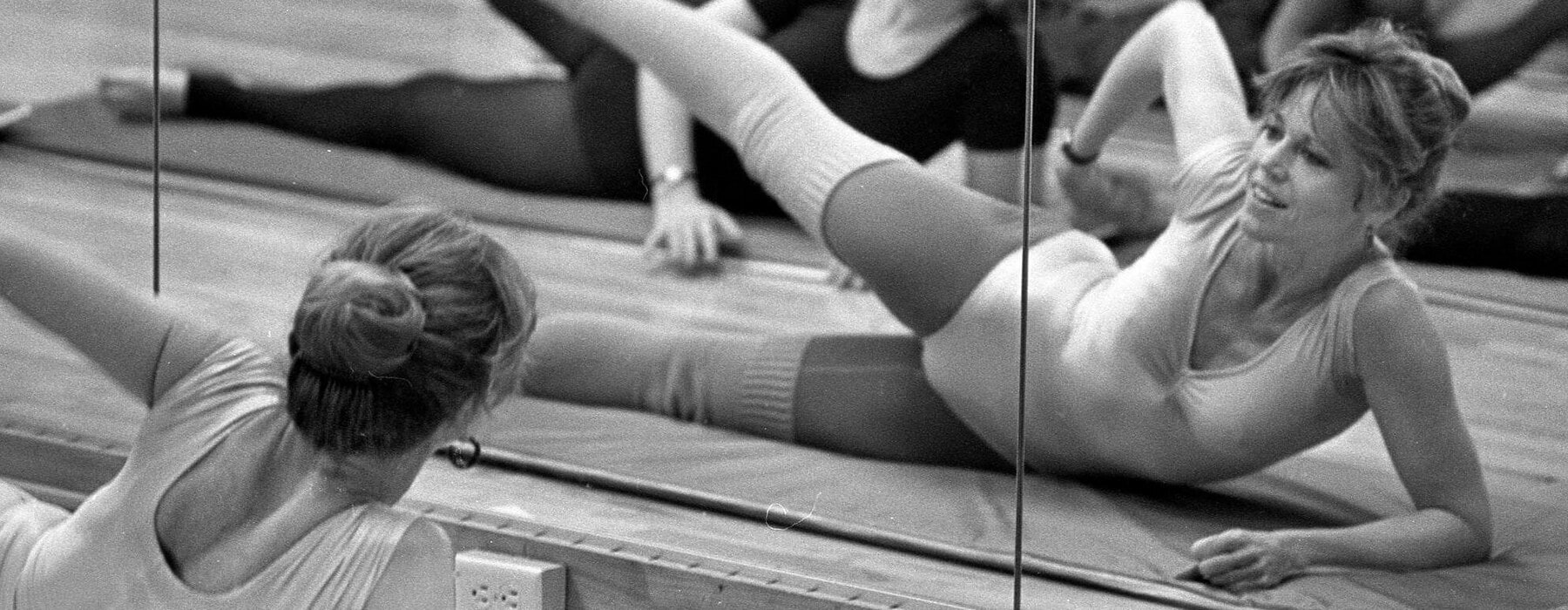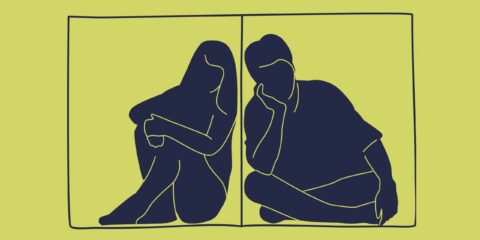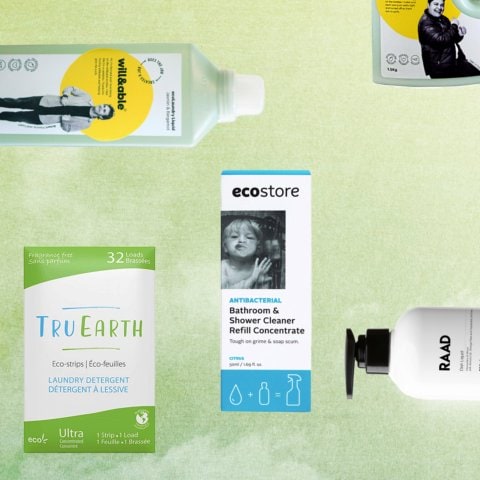For those of us who grew up in the 70s, 80s and 90s – the eras of Jane Fonda workouts, aerobics, step and spin classes – our idea of the exercise we ‘should’ be doing is likely to be heavy on the cardio. We’re used to running and walking, adding up hours on the bike or sweating it out on a treadmill or elliptical trainer; focusing on the quantity of exercise we do. Three to five times a week, we’re told; get to 150 minutes of moderate-intensity exercise for health.
To be fair, that is the official advice from the WHO and it’s echoed by our own health bodies, and for the general population it’s not a bad guideline. Any movement is better than none, and in general, people are becoming more and more sedentary. The benefits of moving our bodies is well established; it’s great for not only our physical health, but our mental health too.
But there’s a growing body of evidence that women – and in particular women in our 40s and beyond – should probably be changing how we move, and the types of exercise we focus on.
It’s quite common for bodies to change as we hit our mid 40s. (Remember: a human body is a changing body; it’s totally normal). And there are some physiological things going on in midlife. Hormonal fluctuations – perimenopause and menopause – mean our body composition can change, and sometimes this can feel like it’s happening suddenly, overnight. I hear often from women who say they’ve not changed anything in their healthy diet and exercise routines, but they feel they’re losing fitness, gaining weight or gaining belly fat. It feels like a bit of a rip-off: I’m doing everything right; why is this happening?
It’s happening precisely because we’re not changing anything in our routines – and we may well need to.
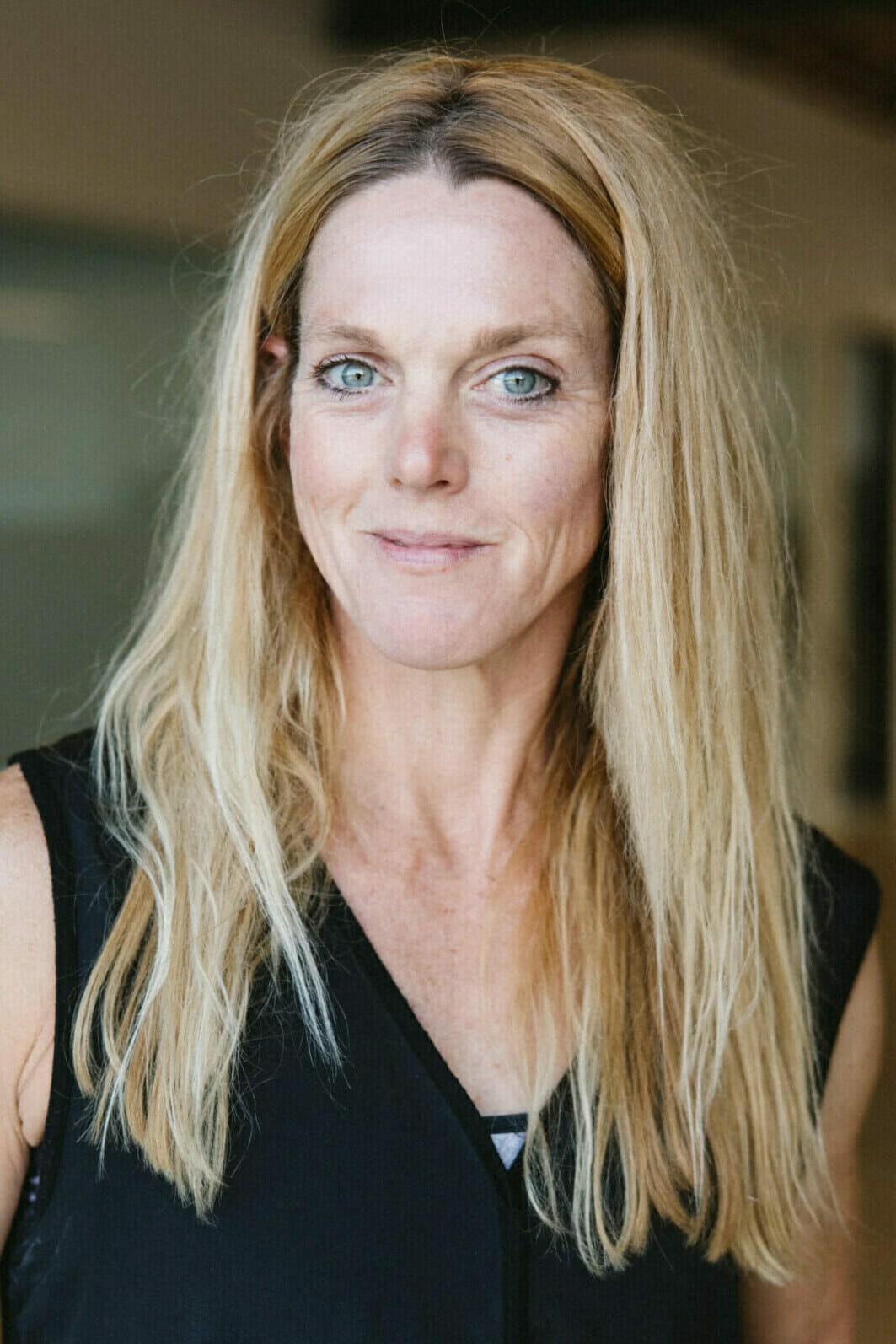
Exercise physiologist Dr Stacy Sims has spent her career studying female exercisers, and the differences between men and women when it comes to sport and movement. She’s been vocal in highlighting the fact that women, as she puts it, are not small men. We have very different things going on in our bodies, at every stage of life, and we need to train differently because of that. Yet much of the research into exercise has been done on young men only, which has been simply extrapolated to apply to women. What’s more, this is what has informed the design of many fitness programs.
In practice, this can be counter-productive. Sims describes couples doing the same fitness boot camps or Crossfit classes; the man will get stronger and fitter and more sculpted, and the woman gets frustrated because the same thing isn’t happening for her; instead she’s just getting exhausted.
This is because women need different types of exercise – and we’re better off, she says, focusing on quality, not quantity.
Oestrogen – the powerful hormone that’s involved in basically every system in our bodies – has a role to play here. We have oestrogen receptors in our muscles, and as we age and the hormone declines and the signals to those receptors get weaker, we tend to lose muscle mass quite dramatically due to a number of processes changing inside the muscle. Sims explains there’s a big change in body composition in the 3-4 years leading up to menopause:
“That’s when that massive amount of change happens, where we see a significant decrease in lean mass and an increase in fat mass. Then a few years after menopause itself – so early post-menopause – things start to kind of level out.”
“When we’re looking at the menopause weight gain, it’s because of this misstep in oestrogen and progesterone [the other reproductive hormone], which then signals the body, hey wait, we’re in a weird state. We need to start conserving things. And it’s primarily in the middle, in that abdominal area.”
Oestrogen is responsible not only for satellite cell development – stimulating more muscle cells to grow – it’s also responsible for how fast the nerve signal travels through the muscle contraction, and how strong that contraction is.
“So when we start to lose oestrogen and we start to have a change in oestrogen ratios, our body really needs an external stimulus to create a stress that’s going to take the place of estrogen”, Sims explains.
Classes like F45 – even though there’s some weights involved – won’t really cut it for this, she thinks.
“It’s not true high intensity. It’s a 45-minute class that puts you in moderate intensity. The reps are too high. And there’s a lot of injury because they don’t look at form or movement.”
Instead, she recommends, focus on shorter workouts with heavier weights. When we prioritise strength training, Stacy says, we shouldn’t muck around: we need to lift heavy shit.
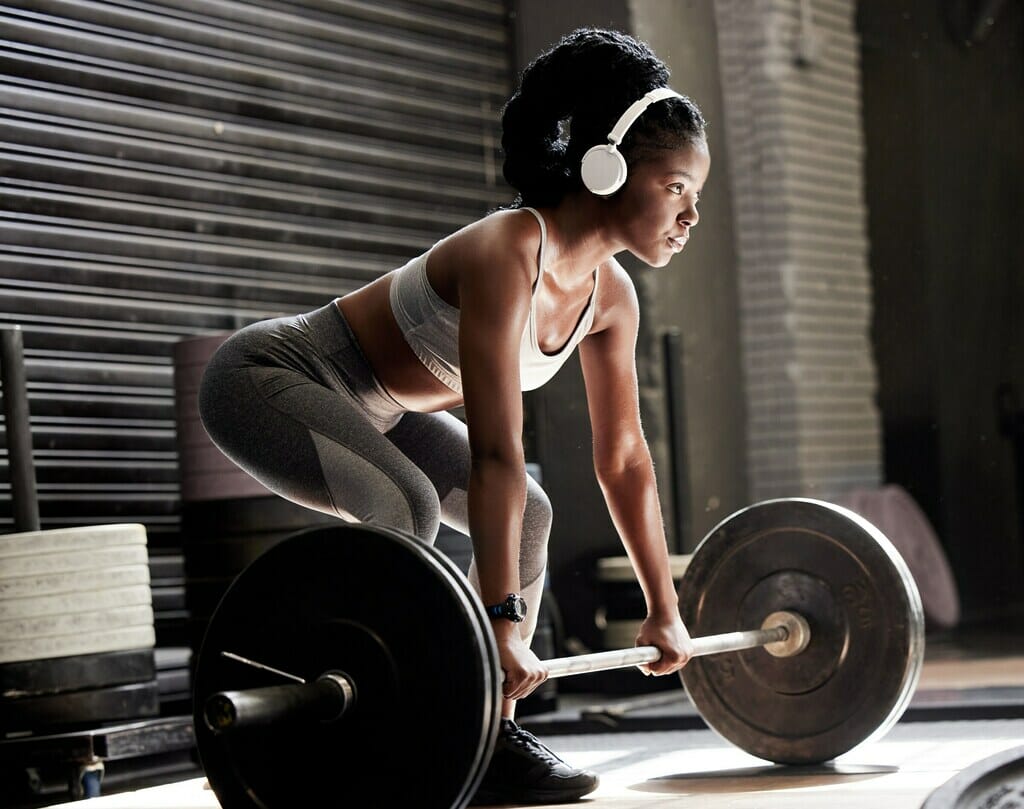
“The heavier loads, the better”, she recommends. That’s especially important for shifting visceral fat – fat around the middle of the body and the organs.
“We have better crosstalk from the muscle to the fat cells when we’re lifting heavier loads. Then the fat cells are like, oh, you don’t need me. Okay. I don’t have to store as much, especially if it’s visceral fat.”
Getting started with strength training doesn’t have to be intimidating – and it doesn’t even have to be in the gym. Start with any kind of effort that’s hard for you, which for a beginner, might be body weight only. Concentrate on getting the form right – perfect basic moves like squats, lunges and deadlifts – and only then start adding weight, building up to levels that feel truly hard. If you can work to failure – where you can’t physically do another rep – you’re nailing it.
Another important emerging part of the exercise puzzle is what’s known as Sprint Interval Training (SIT). It’s short bursts of intense effort – as hard as you can go – interspersed with rest periods.
The evidence that’s emerging for the benefits of SIT training is fascinating.
“We see that true high intensity work, or sprint interval work in particular – that really high intensity, 80% effort or more – also causes an increase in the hormones to break that visceral fat down.”
SIT is not for beginners – it’s intense exercise that needs a foundation of fitness. But you can start, as with strength training, from where you are. If what you do now is walking, try adding in some hills or stairs to your walk, or try short (20-30 second) bursts of jogging. Anything that will increase the intensity of what you’re doing is good, then rest, then go again for a few rounds. As you increase your fitness, increase the intensity. Build up to the goal of 30 seconds at maximum effort, followed by 4-5 minutes either completely resting or at an effort level of 1-2, for 3-4 rounds. Ten minutes of SIT, according to Sims, is the sweet spot.
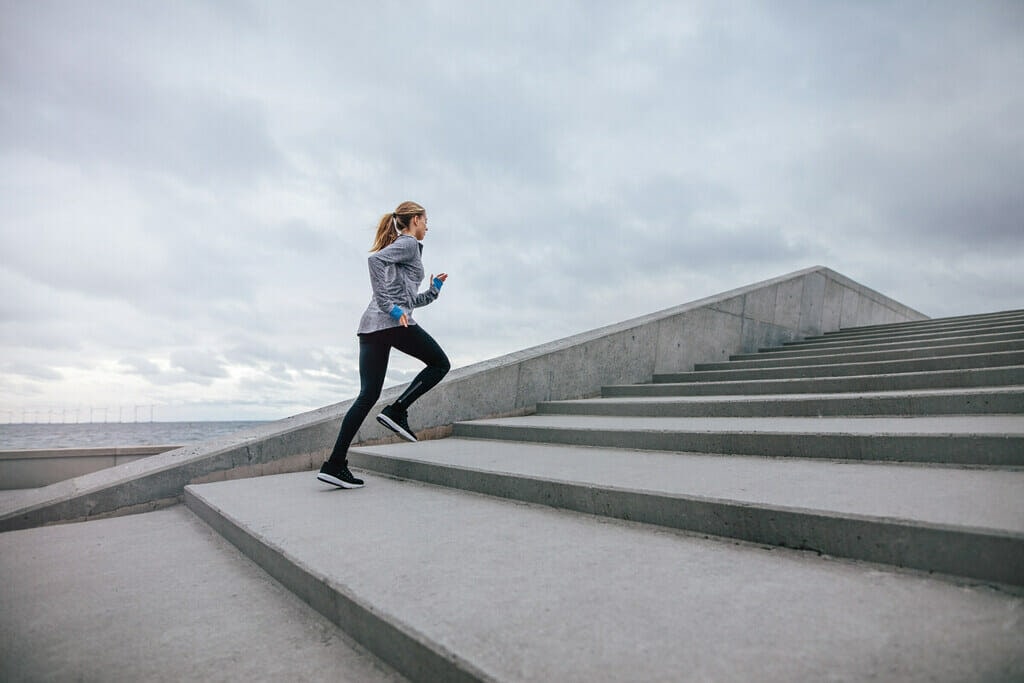
And if you love running and walking, don’t worry – you can keep doing that; it’s really important to have movement we love in our lives. Just make a point of including some intensity and some strength work elsewhere in your week.
Sims herself – who’s performed at high levels in various sports including triathlon, has changed her own exercise habits off the back of her research. She recently turned 50, and says she used to be “a full endurance person. I’d ride my bike for five, six hours a day on the weekend or do long runs. But now I’m three times a week in the gym doing strength development stuff. And I love doing sprint stuff.”
Sims describes herself doing 20-second bounds up Mount Maunganui, where she’s based.
“I’ll do 20 seconds as hard as I can and then I stop fully; then I have to have a couple of minutes off, just standing there. And then try to do it again. So I’m really trying to get that high intensity work. And I feel good for it.”
Related Article: Exercise and Eating Guide for Your Midlife

